Some local tourist promoters and “official” signage falsely claim that marimo live nowhere else.
However, eastern Hokkaido’s Lake Akan is the best place to see them.
Akan has by far the largest known examples of this rare and astonishing algal form…and the lake and its surrounds are beautiful in their own right.
Yesterday’s post showed a marimo-themed local streetlight.
Pictured above and below are real, live marimo, in the Marimo Exhibition and Observation Centre, on Lake Akan’s Churui Island.
The largest marimo have a diameter of 30 centimetres – which makes them considerably bigger than basketballs.
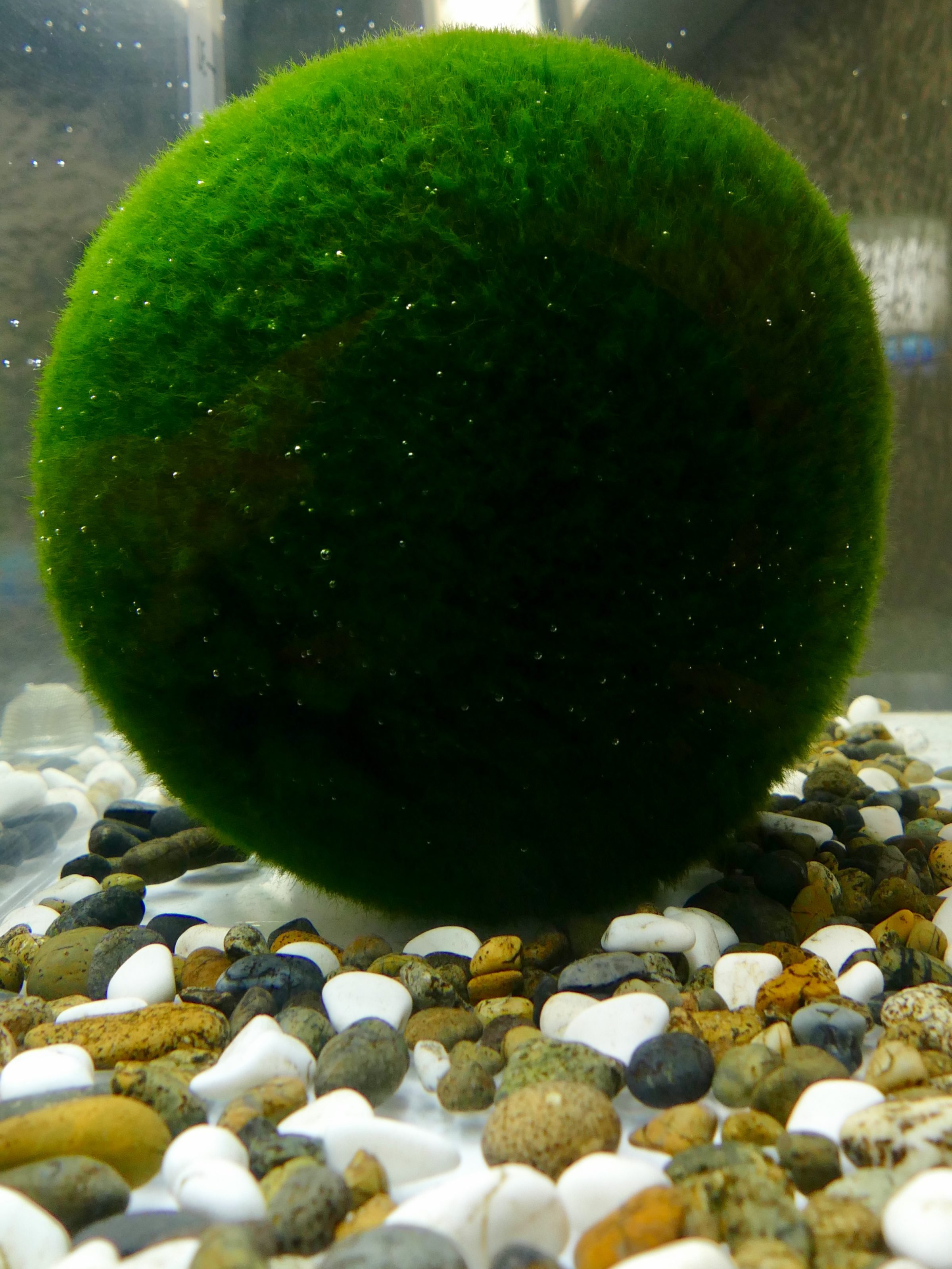
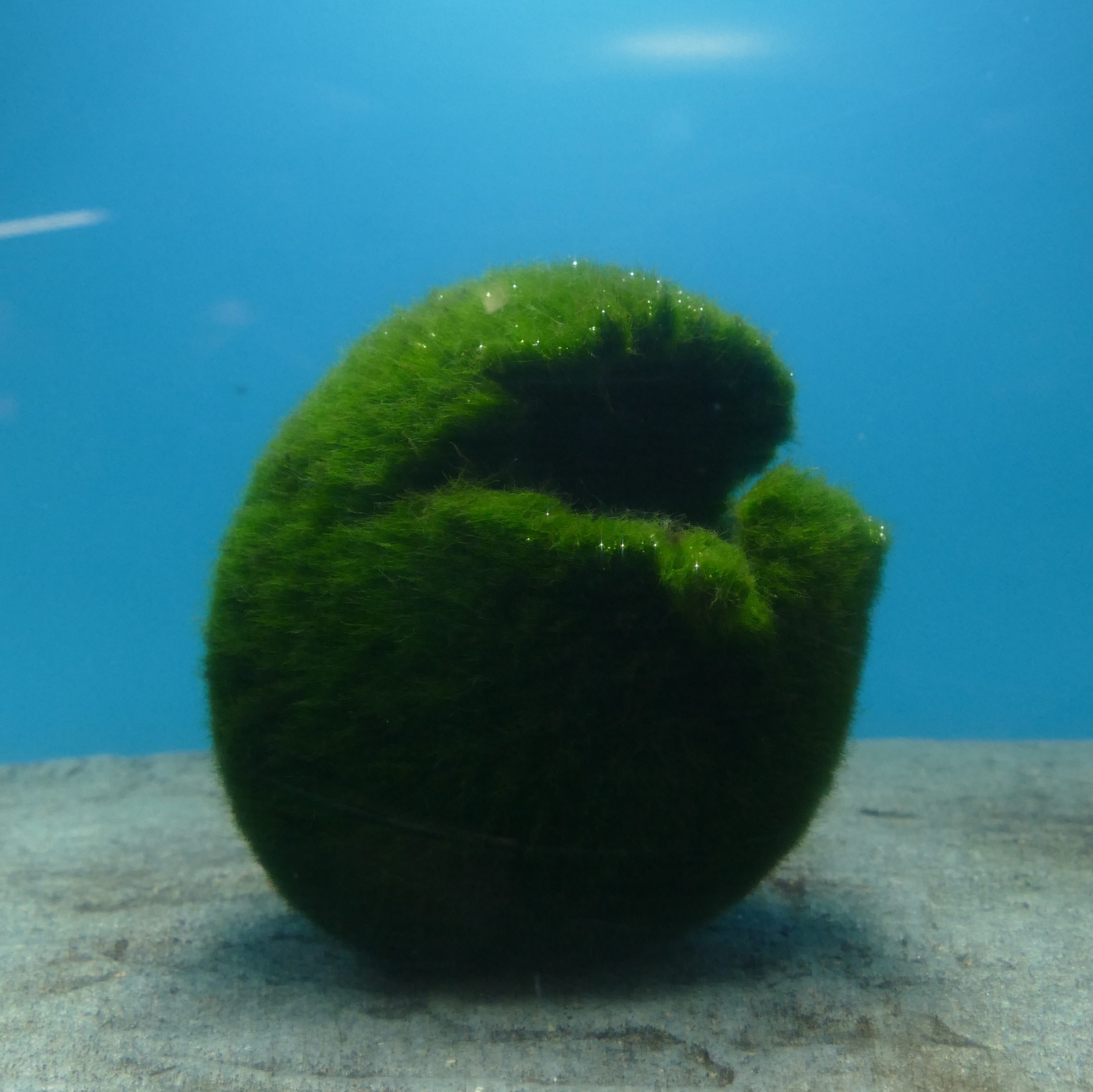
Marimo are oft-misnamed “moss balls”.
They have long been popular, worldwide, as “pets” in aquariums.
Some still think they live naturally only in the northern hemisphere, but in 2014 many marimo washed up on Australian shores.
Lake Akan, however, is “the” place; naturally-speaking.
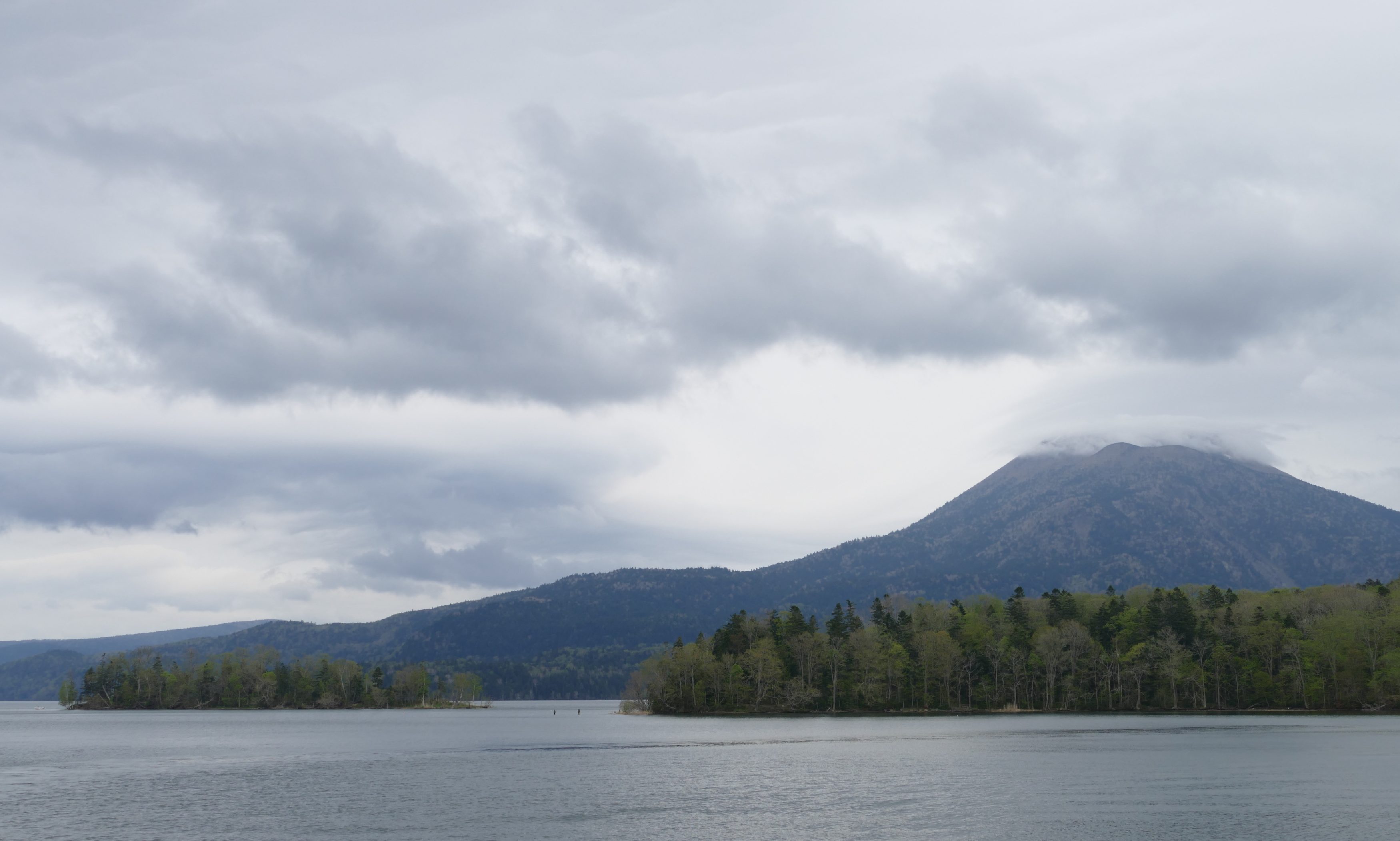
Nowhere else do marimo feature on streetlights, or as “mascots”.
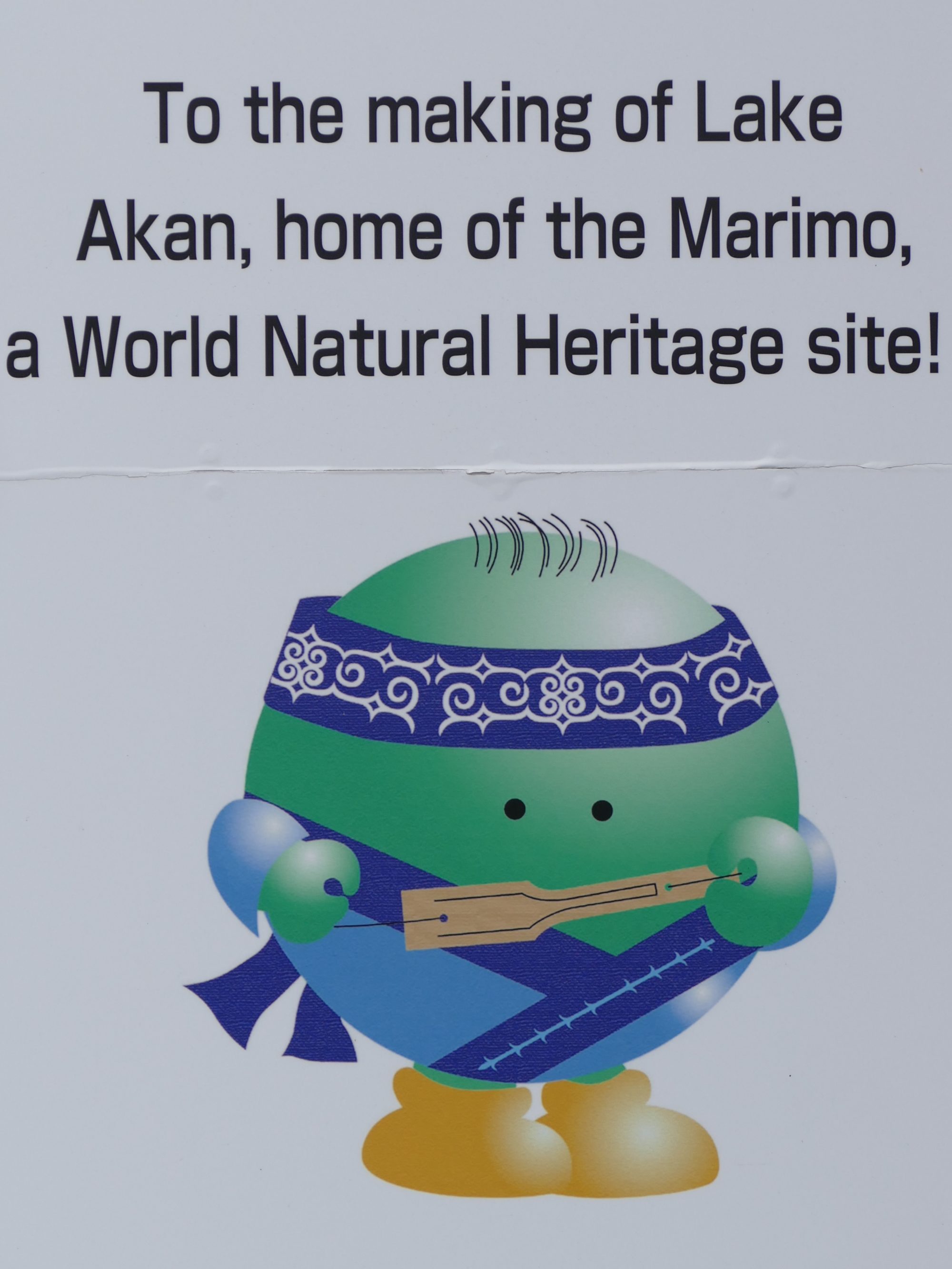
Like much of Hokkaido, Lake Akan was created by volcanoes, and its unusual algae are but one of many reasons to visit.
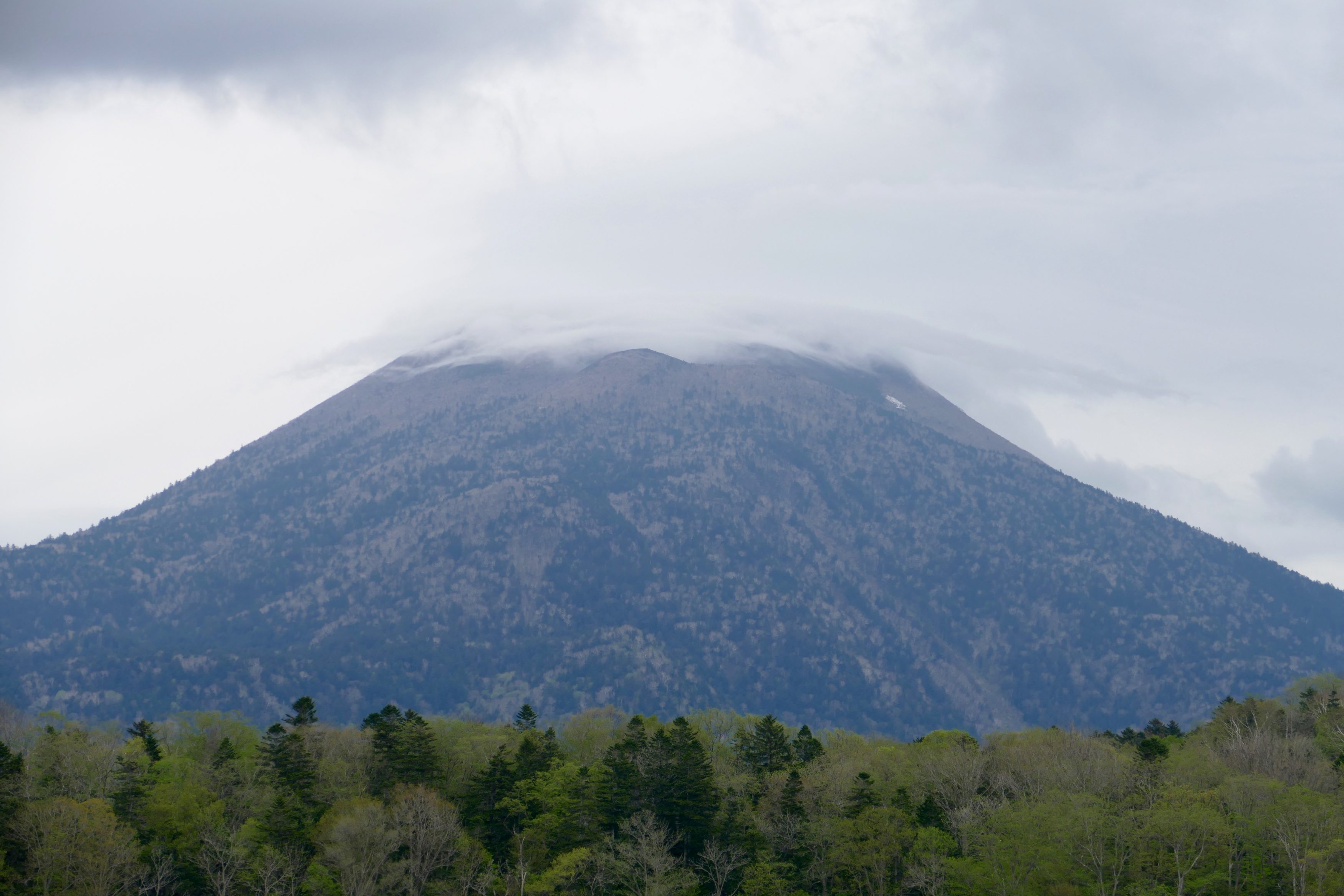
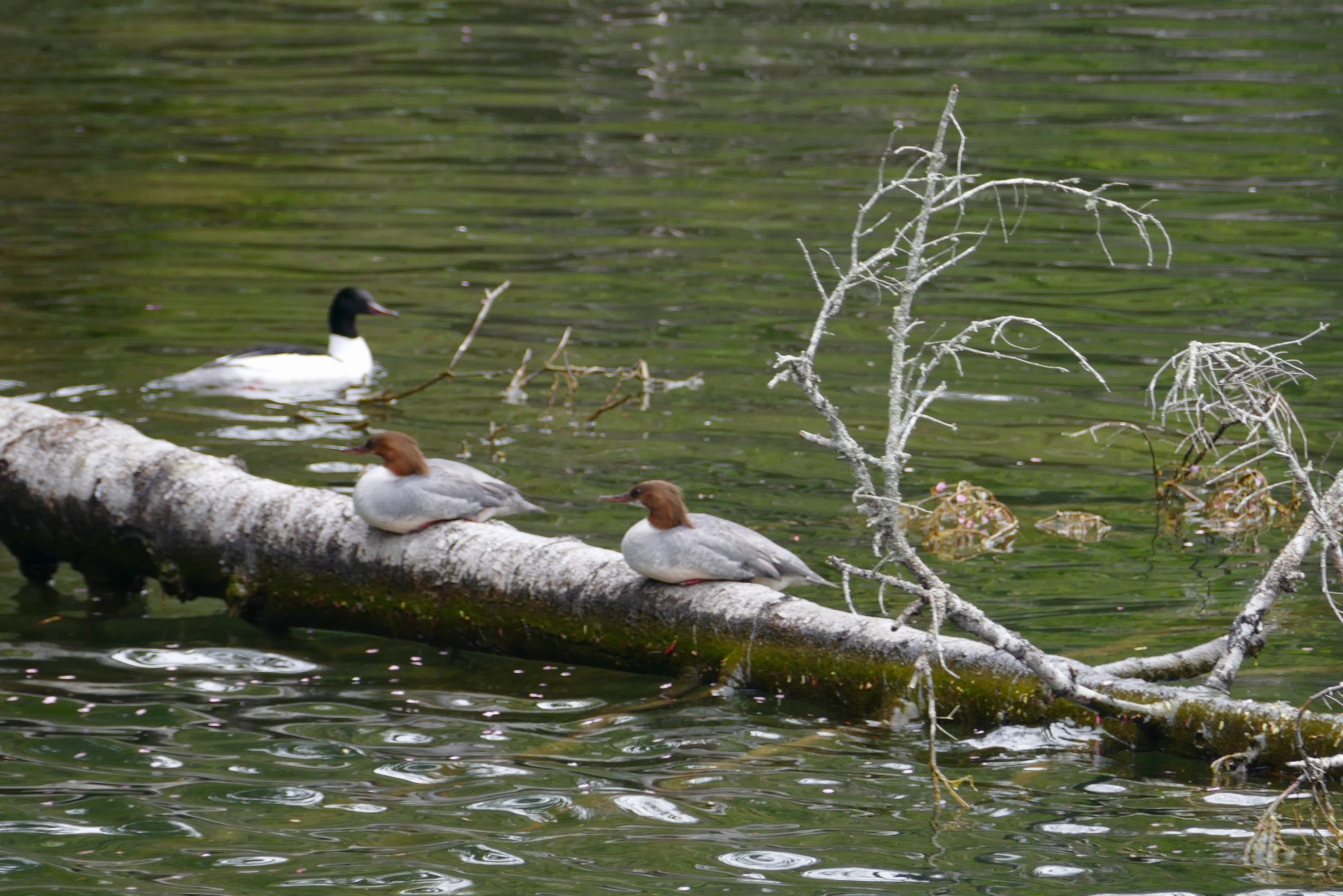
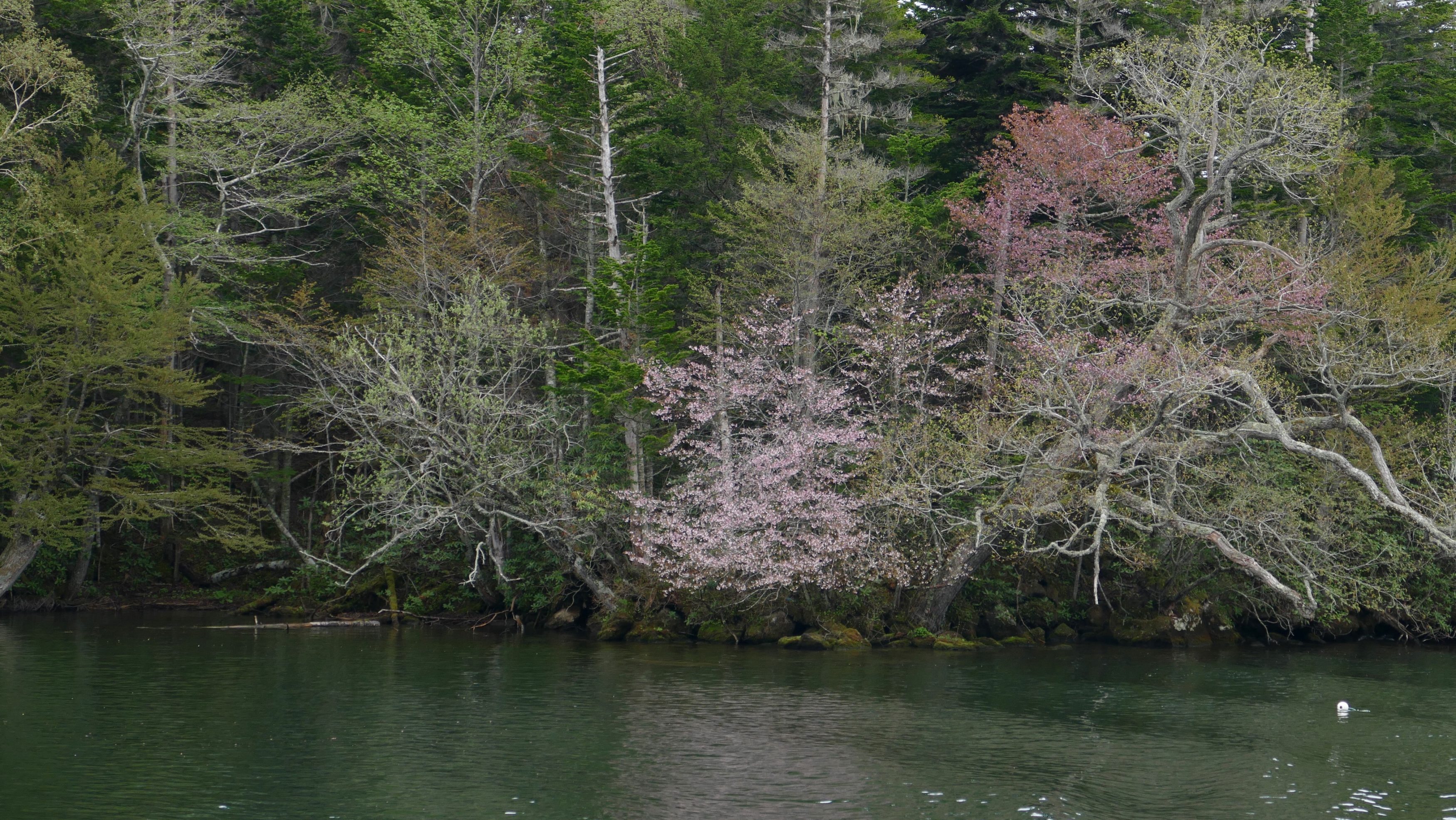
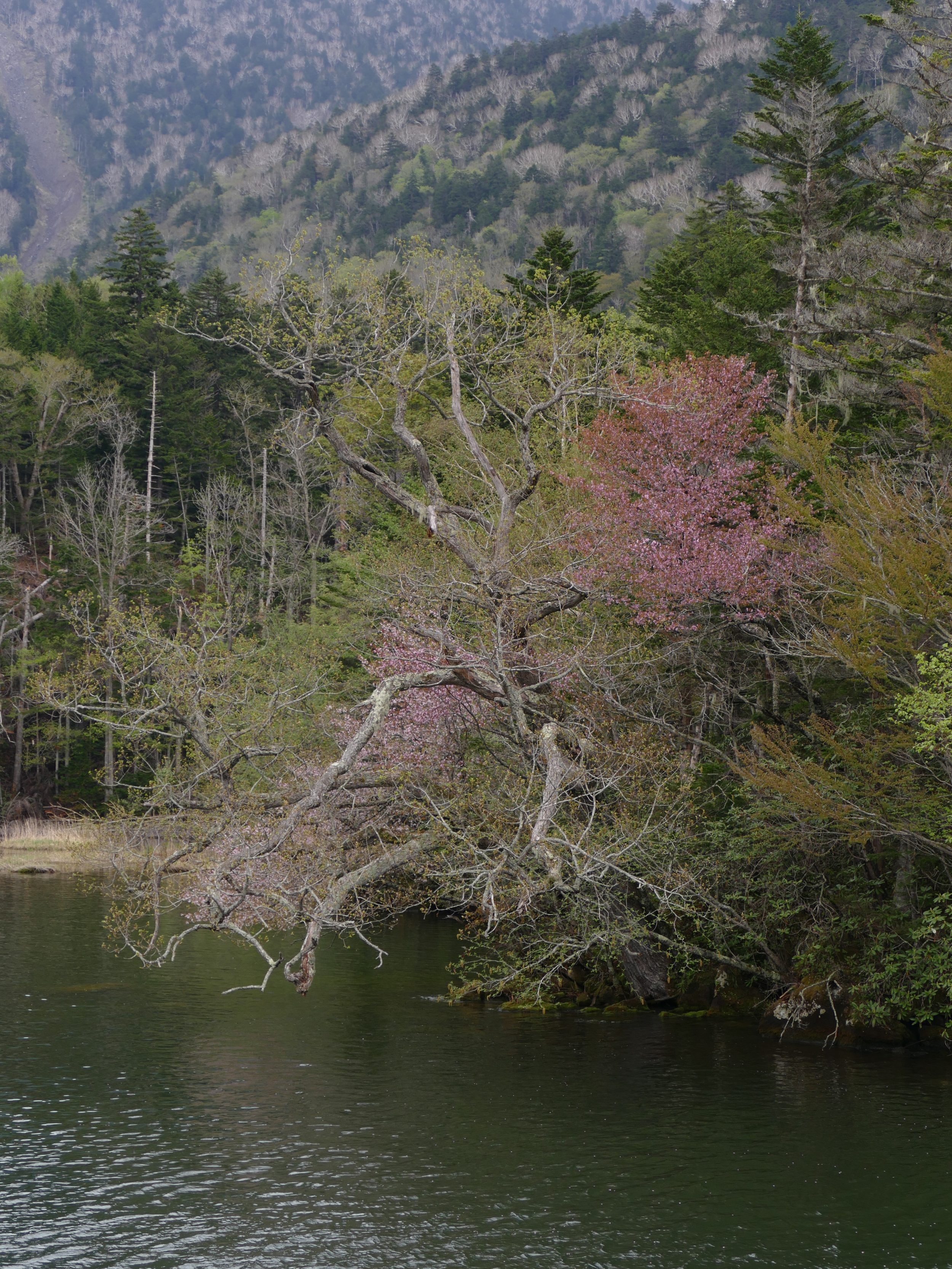
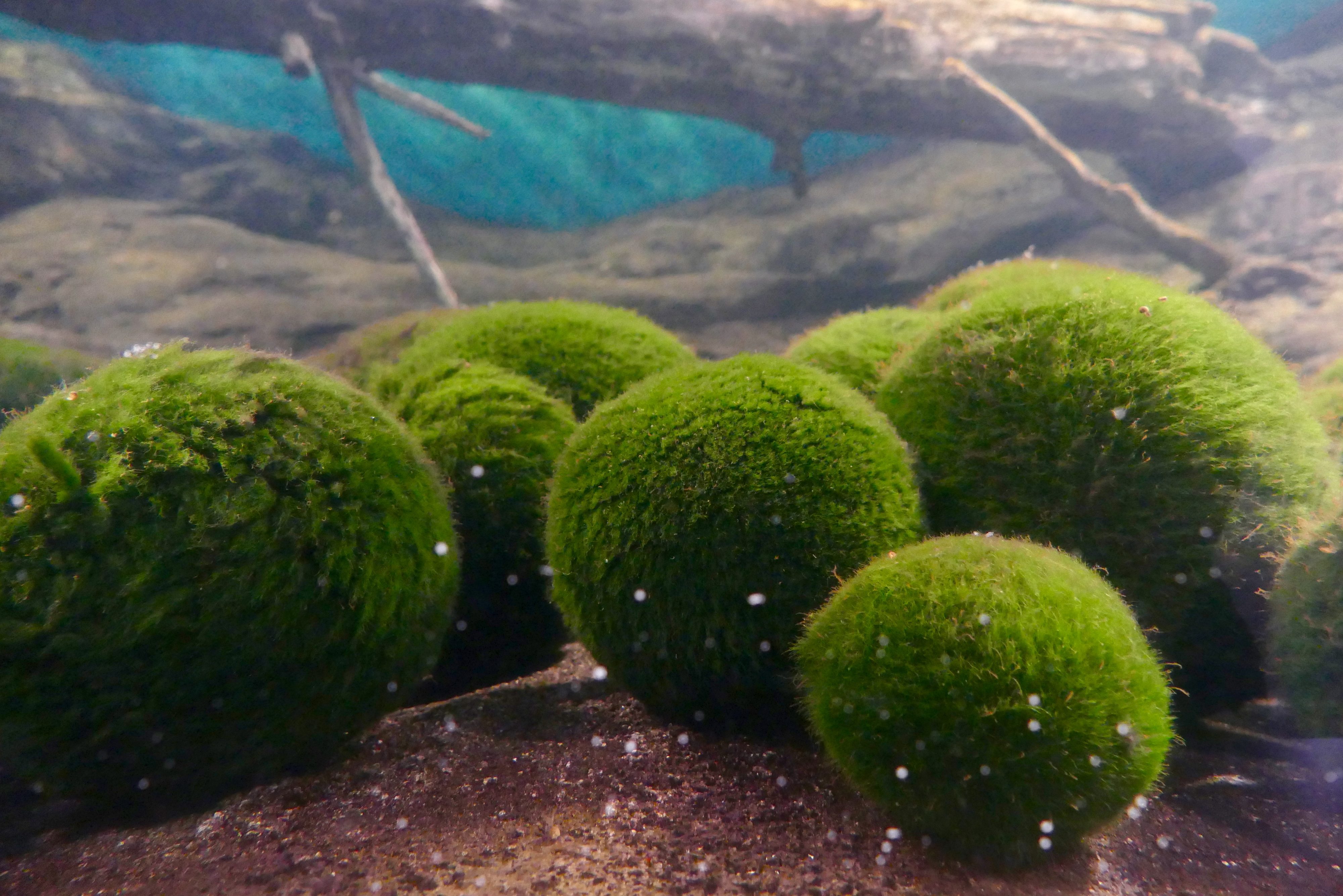
What a sweetheart of a life form. Portable hedges for a fishes garden.
Do you know if the lake and sea form are of the same algae? or just same behaviour to go clumping
The “Marimo Moss Ball Care Guide” – yes, such a site exists, here: https://ballsofmoss.com – provides a quasi-intelligible answer. I think – underline “think” – that “saltier than fresh” can boost marimo size and vitality, but full-strength seawater would eventually kill them.